Chinese Money Plant
- October 20, 2023
- 0 comment
The Chinese Money Plant, also known as Pilea peperomioides, is a charming and popular houseplant that has captured the hearts of plant enthusiasts worldwide. Native to southwestern China, this delightful plant is characterized by its distinctive pancake-shaped leaves, which are bright green, and round, and have a unique coin-like appearance.
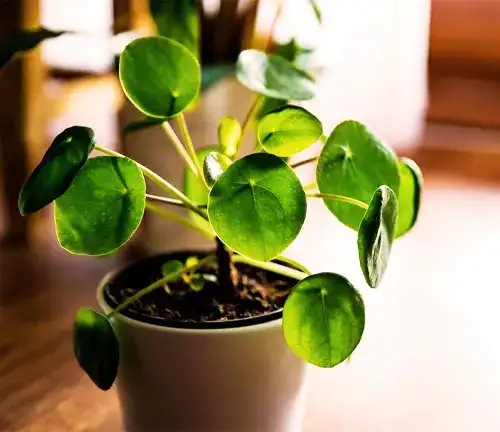
Its whimsical nickname, “Chinese Money Plant,” is derived from the belief that the plant’s leaves resemble ancient Chinese currency. This plant is not just admired for its aesthetics; it is also relatively easy to care for, making it an excellent choice for both novice and experienced plant owners.
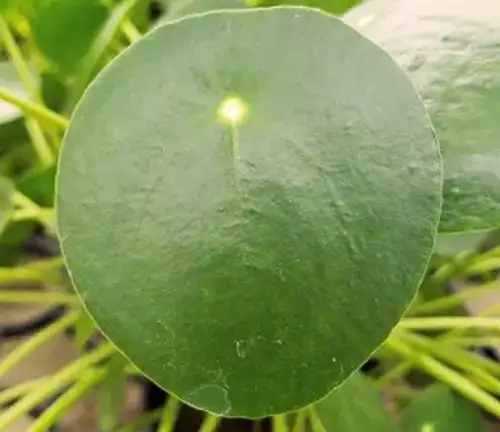
Chinese Money Plants thrive in indirect light, require minimal maintenance, and are known for producing “pups,” or small offshoots, which can be propagated to create new plants. With its playful appearance and straightforward care requirements, the Chinese Money Plant has earned a well-deserved place in the hearts and homes of plant enthusiasts worldwide.
| Characteristics | Description |
| Scientific Name | Pilea peperomioides |
| Common Names | Chinese Money Plant, Pancake Plant, UFO Plant |
| Family | Urticaceae |
| Origin | Southwestern China |
| Foliage | Round, bright green leaves with a coin-like appearance |
| Size | Typically grows to a height of 8 to 12 inches (20 to 30 cm) |
| Light Requirements | Indirect, bright to moderate light; avoid direct sunlight |
| Watering | Allow the top 1-2 inches of soil to dry out between waterings; water sparingly during the winter months |
| Temperature | Prefers temperatures between 65-75°F (18-24°C) |
| Humidity | Tolerant of average indoor humidity, but appreciates higher humidity levels |
| Soil | Well-draining potting mix |
| Propagation | Easily propagated from offsets or “pups” that grow at the base of the plant |
| Fertilization | Feed with a balanced, diluted liquid fertilizer during the growing season (spring and summer) |
| Potting | Repot every 2-3 years, or when the plant outgrows its container |
| Pests | Occasionally susceptible to mealybugs and spider mites |
| Toxicity | Non-toxic to humans and pets |
| Special Care | Rotate the plant regularly to ensure even growth, as it tends to lean towards the light source |
Botanical Beauty of “Chinese Money Plant”
The “Chinese Money Plant,” scientifically known as Pilea peperomioides, is an exquisite botanical gem that captivates plant enthusiasts with its distinctive appearance. Hailing from southwestern China, this plant’s allure lies in its unique foliage. The round, bright green leaves bear an uncanny resemblance to ancient Chinese coins, thus earning it the moniker “Money Plant.” Its striking appearance, coupled with easy care requirements, has made it a beloved addition to homes and gardens around the world.
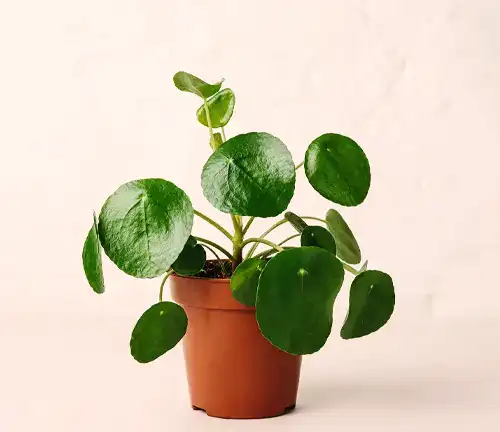
Woodland Elegance

One of the most enchanting aspects of the Chinese Money Plant is its natural elegance, reminiscent of a woodland treasure. Its delicate, circular leaves create a visual marvel, evoking a sense of tranquility and serenity. Whether placed on a windowsill or as part of a lush indoor garden, the Chinese Money Plant lends an air of woodland grace to any space, making it a captivating focal point and a conversation starter.
Ecological Importance
Beyond its aesthetic appeal, the Chinese Money Plant plays a role in its native ecosystem, contributing to the ecological balance in its natural habitat. In the wild, it provides shelter and sustenance to various small creatures, making it an integral part of the local food chain. Understanding its ecological importance reminds us of the interconnectedness of all life on Earth and underscores the significance of preserving native plant species.
Cultivation and Conservation
Cultivating the Chinese Money Plant is a joy for both novice and experienced gardeners. It thrives in indirect light and well-draining soil, requiring minimal maintenance. Its ease of propagation through “pups” or offsets makes it an ideal choice for plant enthusiasts looking to expand their green collections. However, it’s crucial to remember that while this plant is widely cultivated, conservation efforts are essential to protect its native populations and maintain its biodiversity.
Fragrance
While the Chinese Money Plant is renowned for its charming appearance, it’s not known for its fragrance. Its beauty lies in its leaves rather than its scent. Its lack of a strong fragrance adds to its versatility, making it an excellent choice for indoor spaces where strong odors may be undesirable.
Soil Stabilization
This humble plant also contributes to soil stabilization, an often-underappreciated ecological role. Its root system helps bind the soil, preventing erosion and preserving the integrity of the land. This is especially important in its native habitat, where hilly and mountainous terrain can be prone to soil erosion.
Common Uses
Beyond being an ornamental houseplant, the Chinese Money Plant has various practical applications. In traditional Chinese medicine, it has been utilized for its purported healing properties, although its efficacy is still under scientific investigation. Additionally, its round leaves and charming appearance make it a popular choice for ornamental gardens, adding a touch of whimsy to outdoor landscapes.
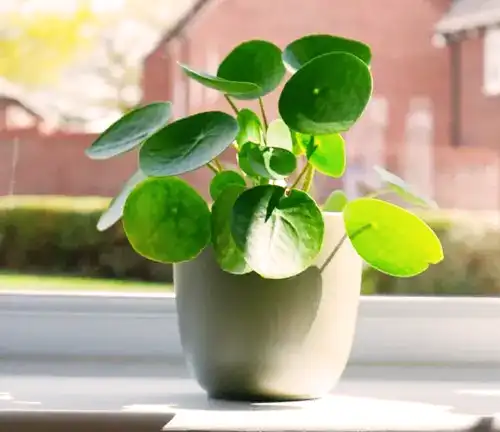
Benefits
The Chinese Money Plant offers numerous benefits to both the environment and those who cultivate it. Its air-purifying qualities help improve indoor air quality, making it a healthful choice for homes and workplaces. The low-maintenance nature of this plant makes it accessible to individuals with varying levels of gardening experience. Additionally, its aesthetic charm provides a sense of calm and well-being to its caretakers, reminding us of the simple pleasures found in nature’s beauty.
Different Species
Pilea peperomioides
(Chinese Money Plant)
This is the most well-known species, recognized for its round, coin-like leaves and ease of care. It’s a popular houseplant worldwide.
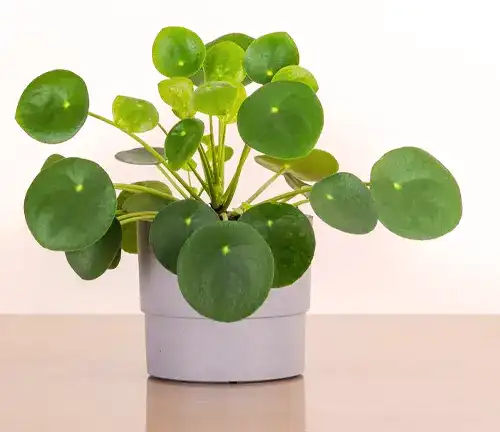
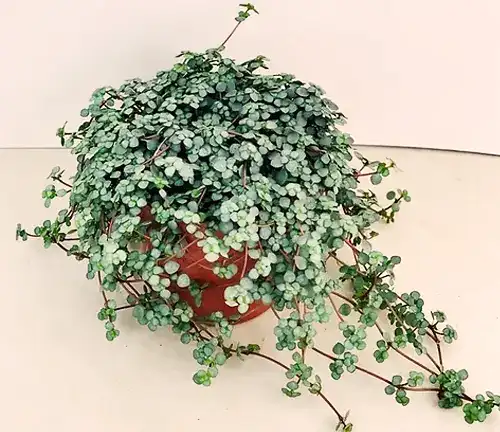
Pilea glauca
(Aquamarine)
This species is characterized by its small, delicate, silver-blue leaves. It’s also a popular houseplant and is appreciated for its unique coloration.
Pilea nummulariifolia
(Creeping Charlie)
This trailing species features small, rounded leaves with a green hue. It’s often used in terrariums and hanging baskets.
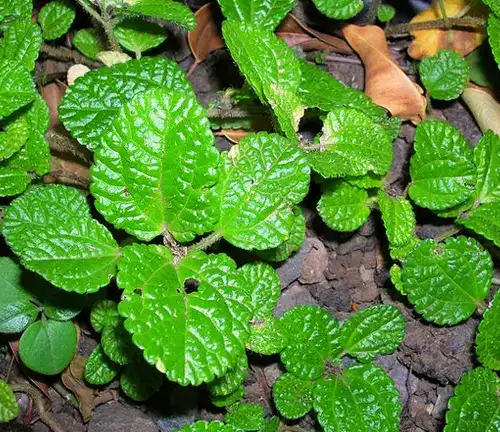
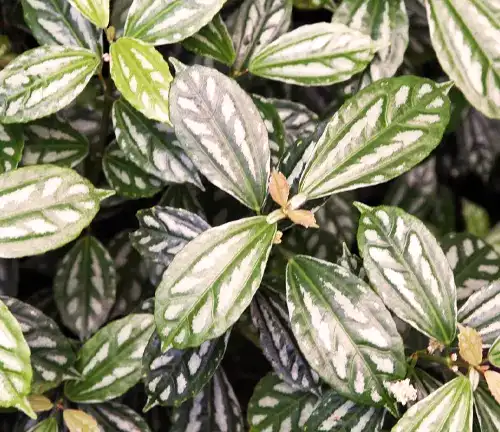
Pilea cadierei
(Aluminum Plant)
This species is known for its green leaves with silvery markings. It’s grown as a decorative indoor plant and is admired for its foliage.
Pilea involucrata
(Friendship Plant)
This species has textured, oval-shaped leaves with intricate patterns. It’s a favorite choice for indoor gardening enthusiasts.
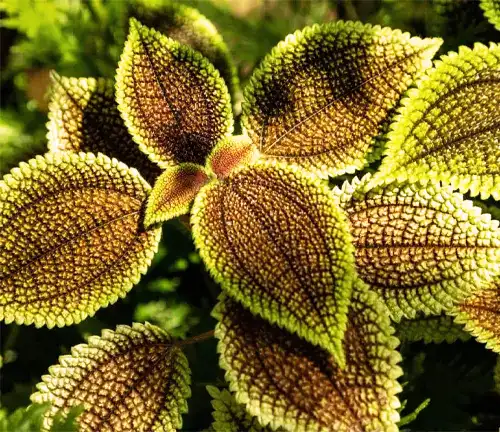
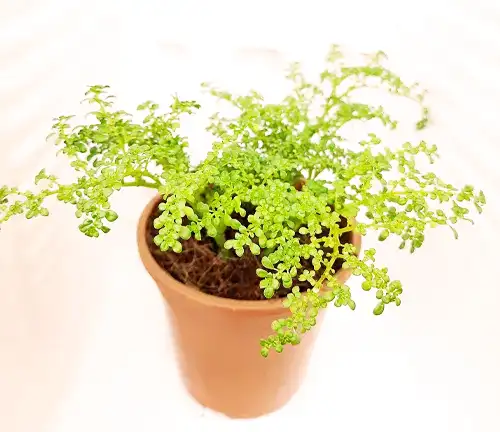
Pilea microphylla
(Artillery Plant)
The leaves of this species are tiny and oval, and it’s named for its unique method of dispersing pollen, which resembles tiny explosions.
Pilea mollis
(Moon Valley Pilea)
The Moon Valley Pilea has textured, deeply-creased leaves that resemble the surface of the moon, hence its name.

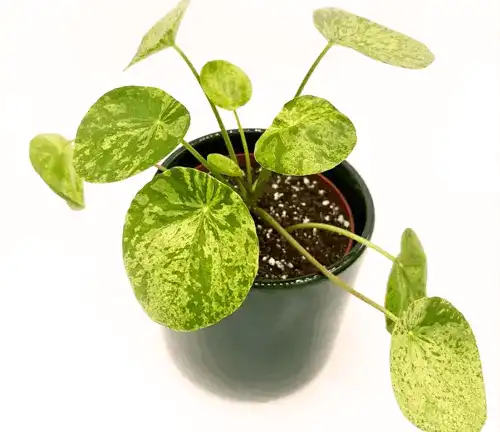
Pilea peperomioides
‘Variegata’
This is a variegated variety of the classic Chinese Money Plant, featuring leaves with white or cream-colored variegation, adding a unique twist to the original.
Pilea glauca
‘Aquamarine Variegata’
This is a variegated variety of Pilea glauca with silver-blue leaves and white variegation, making it even more striking.
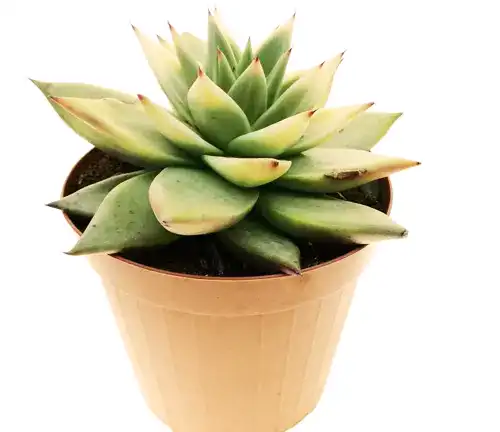
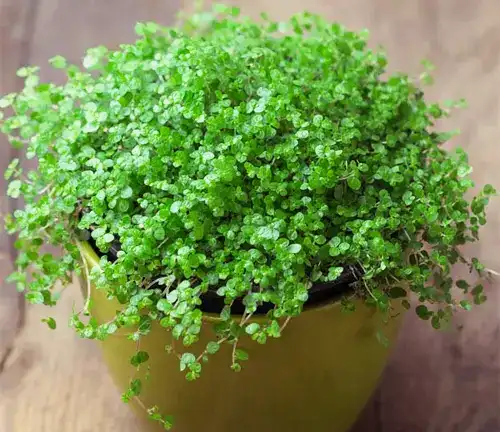
Pilea depressa
(Baby Tears)
This low-growing species has small, round leaves and is often used as ground cover in terrariums or indoor gardens.
Frequently Asked Questions (FAQs)
- What is a Chinese Money Plant, and why is it called that?
The Chinese Money Plant is a houseplant with round, coin-like leaves. It’s named for its resemblance to ancient Chinese currency. - How do I care for a Chinese Money Plant?
Provide indirect light, let the top layer of soil dry before watering, maintain moderate humidity, and fertilize during the growing season. Repot as needed. - Can I grow a Chinese Money Plant from a cutting or leaf?
Yes, Chinese Money Plants are easily propagated from leaf cuttings or offsets (pups) that grow at the base of the plant. - Is the Chinese Money Plant toxic to pets or humans?
No, Chinese Money Plants are non-toxic and safe for both pets and humans. - What is the ideal indoor temperature for Chinese Money Plants?
They prefer temperatures between 65-75°F (18-24°C) and should be protected from extreme cold or heat. - How do I prevent my Chinese Money Plant from leaning or tilting?
Rotate the plant regularly to ensure even growth, as they tend to bend toward the light source. - Do Chinese Money Plants flower?
Yes, they can produce small, inconspicuous white flowers, although they are primarily grown for their attractive foliage. - Can I place my Chinese Money Plant outdoors during the summer?
Yes, you can move it outdoors during the warmer months, but be sure to protect it from direct sunlight and extreme weather conditions. - Why are the leaves of my Chinese Money Plant turning brown or yellow?
Yellowing or browning leaves can be a sign of overwatering, underwatering, or inadequate light. Adjust care accordingly. - How often should I fertilize my Chinese Money Plant?
Fertilize every 4-6 weeks during the growing season (spring and summer) with a balanced, diluted liquid fertilizer. - Can I grow Chinese Money Plants in a terrarium?
Yes, some Pilea species, like Pilea nummulariifolia, are suitable for terrariums, but ensure proper care given the enclosed environment. - Is it possible to revive a drooping or wilted Chinese Money Plant?
If your plant is drooping due to overwatering, allowing the soil to dry out can help it recover. Pruning may also be necessary if the damage is severe.


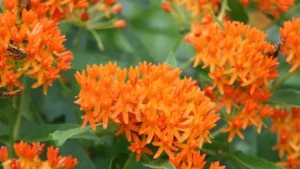
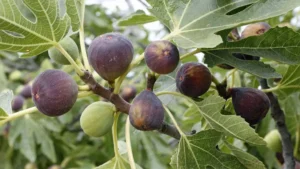

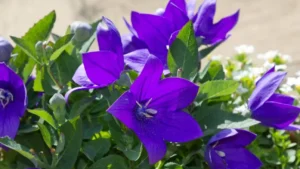


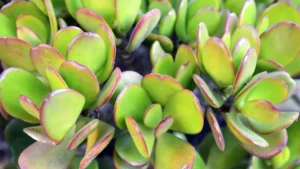
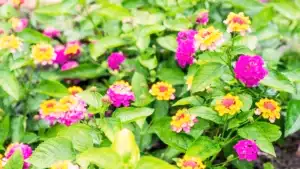
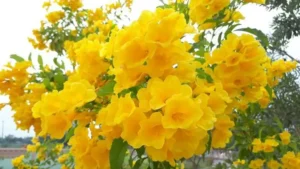

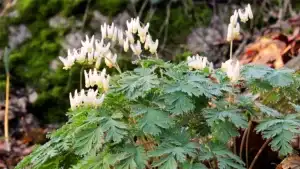

Leave your comment